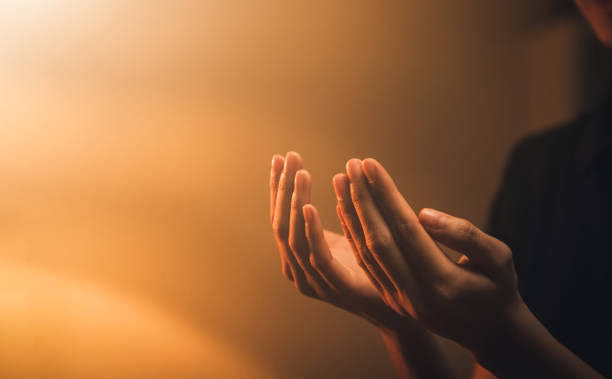The Pāñcarātrika Regulations
The Pāñcarātrika regulations, practiced by many Vaiṣṇavas, are based on the Pāñcarātra Āgamas, a group of scriptures that provide guidelines on deity worship (arcana), spiritual discipline and devotion to Lord Vishnu (Narayana) and His avatars, especially Krishna. These scriptures are believed to be divinely revealed by Lord Narayana Himself and are widely followed by various Vaishnava traditions, including the Sri Vaishnavas, Gaudiya Vaishnavas and Madhvas.
Key Aspects of Pāñcarātrika Regulations:
1. Deity Worship (Arcana)
One of the central elements of Pāñcarātra is arcana-mārga, the systematic worship of Vishnu in temples and homes. It includes:
- Establishing and consecrating a deity (mūrti or vigraha)
- Daily rituals like bathing (snāna), dressing (alaṅkāra) and offering food (naivedya)
- Regular ārati (waving of lamps) and recitation of Vishnu's names
- Seasonal and festival observances
2. The Fivefold Deity Manifestation (Pañcopāsanā)
According to Pāñcarātra, Vishnu manifests in five forms:
- Para – The supreme form in Vaikuntha
- Vyūha – Four expansions (Vāsudeva, Saṅkarṣaṇa, Pradyumna, Aniruddha) managing cosmic functions
- Vibhava – Avatars like Rama, Krishna, Narasimha
- Antaryāmi – The Supersoul (Paramātmā) residing in all beings
- Arcā – The deity form worshipped in temples and homes
3. Mantra and Initiation (Dīkṣā)
- Pāñcarātrika tradition gives great importance to chanting Vishnu mantras, especially the eight-syllable mantra (Om Namo Narayanaya) and the twelve-syllable mantra (Om Namo Bhagavate Vasudevaya).
- Spiritual initiation (dīkṣā) by a qualified guru is essential for engaging in worship and chanting.
4. The Fourfold Spiritual Practice (Caturvarga-sādhana)
Vaishnavas following Pāñcarātra practice a fourfold discipline:
- Kriyā – Ritualistic worship (puja, yajna, vrata)
- Caryā – Daily conduct and temple service
- Yoga – Meditation and self-purification
- Jnana – Studying scriptures and realising Vishnu’s supreme nature
5. Authority and Compatibility with Vedic Traditions
- The Pāñcarātra texts are considered a part of smṛti (secondary scriptures), distinct from the Vedas but complementary to them.
- While some Vedic scholars debated their authenticity, Acharyas like Ramanujacharya strongly defended Pāñcarātra as valid and fully aligned with Vedanta.
6. Pāñcarātra vs. Vaikhānasa Tradition
- Pāñcarātrika worship is more widely practiced and includes both temple and home worship, while the Vaikhānasa tradition (another Vaishnava sect) is more temple-centered and follows stricter Vedic injunctions.
- Gaudiya Vaishnavas (followers of Chaitanya Mahaprabhu) accept Pāñcarātra regulations alongside the Bhagavata Purana’s devotional teachings.
Conclusion
The Pāñcarātrika system provides a structured, deeply devotional approach to Vaishnavism, emphasizing deity worship, mantra chanting, spiritual discipline and surrender to Vishnu. It serves as a bridge between karma-kāṇḍa (ritualistic Vedic practices) and bhakti-yoga (pure devotion).




Comments
Post a Comment